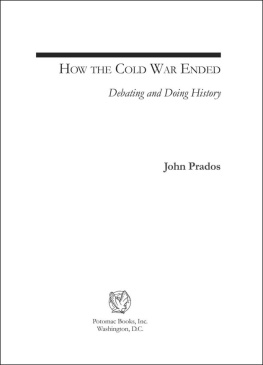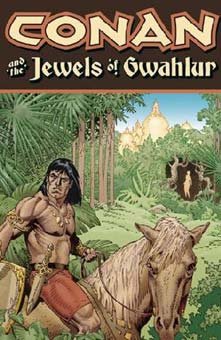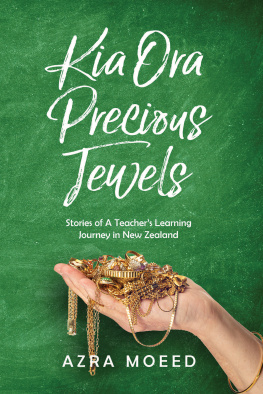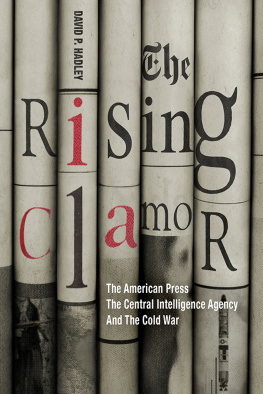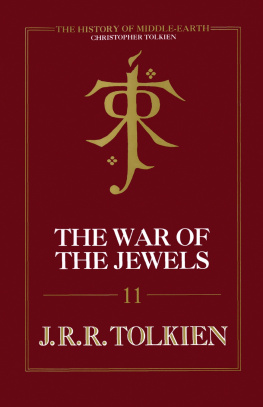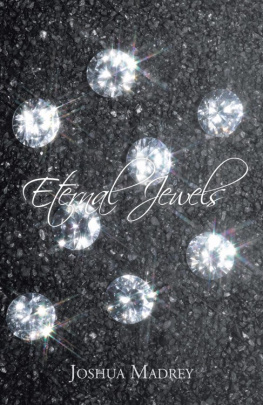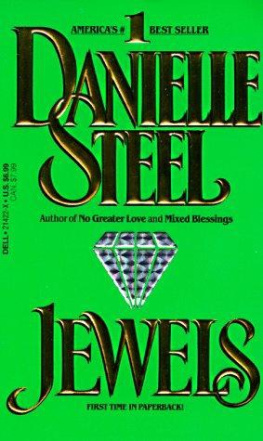
Mark Crispin Miller, Series Editor
This series begins with a startling premisethat even now, more than two hundred years since its founding, America remains a largely undiscovered country with much of its amazing story yet to be told. In these books, some of Americas foremost historians and cultural critics bring to light episodes in our nations history that have never been explored. They offer fresh takes on events and people we thought we knew well and draw unexpected connections that deepen our understanding of our national character.
John Prados
THE FAMILY JEWELS
THE CIA, SECRECY, AND PRESIDENTIAL POWER

University of Texas Press
AUSTIN
Copyright 2013 by John Prados
All rights reserved
First edition, 2013
Requests for permission to reproduce material from this work should be sent to:
Permissions
University of Texas Press
P.O. Box 7819
Austin, TX 78713-7819
http://utpress.utexas.edu/index.php/rp-form
LIBRARY OF CONGRESS CATALOGING-IN-PUBLICATION DATA
Prados, John.
The family jewels : the CIA, secrecy, and presidential power / by John Prados. First edition.
pages cm
Includes bibliographical references and index.
ISBN 978-0-292-73762-4 (cloth : alk. paper)
1. Intelligence serviceUnited States. 2. United States. Central Intelligence Agency. 3. PresidentsUnited States. 4. Executive powerUnited States. I. Title.
JK468.I6P696 2013
327.1273dc23
2013004240
doi:10.7560/737624
ISBN 978-0-292-75292-4 (library e-book)
ISBN 978-0-292-75293-1 (individual e-book)
J. HIGGINS: You were with Mr. Donovans OSS, werent you, sir?
MR. WABASH: I sailed the Adriatic with a movie star at the helm!... It doesnt seem like much of a war now, but it was. I go back even further: to ten years after the Great War, as we called it. Before we knew enough to number them.
J. HIGGINS: You miss that kind of action, sir?
MR. WABASH: Nothat kind of clarity.
LORENZO SEMPLE, Jr., AND DAVID RAYFIEL, THREE DAYS OF THE CONDOR SCREENPLAY, FEBRUARY 3, 1975, FROM THE NOVEL SIX DAYS OF THE CONDOR BY JAMES OGRADY
CONTENTS
ACRONYMS
BNDD
Bureau of Narcotics and Dangerous Drugs
CI
Counterintelligence (CIA)
CIA
Central Intelligence Agency
CTC
Counter-Terrorism Center (CIA)
DCI
Director of Central Intelligence
DO
Directorate of Operations (CIA)
DOJ
Department of Justice
FAS
Federation of American Scientists
FBI
Federal Bureau of Investigation
FISA
Foreign Intelligence Surveillance Act
FISC
Foreign Intelligence Surveillance Court
FOIA
Freedom of Information Act
HVD
High Value Detainee
IG
Inspector General (CIA)
IOB
Intelligence Oversight Board
IRA
Irish Republican Army
IRS
Internal Revenue Service
KGB
Soviet Intelligence Service
NSA
National Security Agency
NSC
National Security Council
NYPD
New York Police Department
OGC
Office of the General Counsel (CIA)
OLC
Office of Legal Counsel (DOJ)
PDB
Presidents Daily Brief
PFIAB
Presidents Foreign Intelligence Advisory Board
PR
Public Relations
PRB
Publications Review Board (CIA)
TSP
Terrorist Surveillance Program
INTRODUCTION
In June of 2007 the mailman brought a large package to the National Security Archive, a public interest group that works for open government by advocating freedom of information and pressing for release of the sealed records of the United States government, which are then made available in several forms to anyone who is interested in them. The package contained a newly declassified document, a copy of the notorious Central Intelligence Agency (CIA) compilation called The Family Jewels. This material was explosive because it described abusesillegal domestic activities carried out by the CIA over a period of decades. Agency insiders aware of its sensitivity dubbed the collection The Family Jewels. Revelation of some of its contents in the New York Times late in 1974 had ignited a firestorm of criticism in the United States, which in turn led to a series of investigations of intelligence activities by a presidential commission plus committees of both houses of the U.S. Congress. Those investigations progressed throughout the next yearand 1975 has come down in history as the Year of Intelligence in the United States.
The existence of the Family Jewels documentsthe original is really a compilation of itemshad become known at the time but had forever been shrouded in secrecy. In 1991 the Archive filed under the Freedom of Information Act (FOIA) for declassification of The Family Jewels. The CIA denied the request, the Archive appealed, and the agency finally relented. Thus the package that arrived at the National Security Archives front desk. We knew the significance of the Family Jewels documents from the storm of media coverage that followed. Archive director Thomas Blanton and Ias the senior fellow most knowledgeable on intelligence mattersspent literally seventy-two hours doing back-to-back interviews with print and broadcast journalists from all over the United States and dozens of foreign outlets spanning the globe from Latin America to Europe to Asia. The CIA itself, in the person of General Michael V. Hayden, its then-director, showed up at a conference of diplomatic historians to take credit for releasing The Family Jewelsas if this had been its idea, not the result of hard-fought pursuit of an FOIA case for nearly two decades.
The National Security Archive posted the Family Jewels documents on our website along with introductory material, plus an index that I compiled from the material. We wanted to do more. The first idea was for a document reader. Examination of the actual contents of The Family Jewels revealed them to be quite disappointing: we could see that a host of other materialslong-released documents, the CIAs own papersdescribe the abuses covered in The Family Jewels in much greater depth. But our idea for an expanded reader that melded the Jewels with this other material became lost in the press of other business.
The Family Jewels compilation proved as explosive as it was not for its actual contents but because of the real abuses that underlay this sparse reporting. Its impact was demonstrable in the flurry of investigations that followed the press revelation. That season of inquiry took its course and led to creation of the system of formal intelligence oversight that exists in the United States today. However, the issue of abuse in intelligence activities has not gone away in the years since 1975, and in the first decade of this century it mushroomed with the excesses of President George W. Bushs war on terror. It was and still is important to engage with this problem if there is to be public confidence in the intelligence activities conducted by a democratic nation. It came to me that The Family Jewels really serves as a metaphor: Family Jewels designate a certain category of operations, ones that become sensitive as exuberance exceeds proper boundaries. Family Jewels are eternal. Only their specific content changes over time. I retrieved my notes and documents from the original project, and the result you see before you.
The Family Jewels is not
Next page

